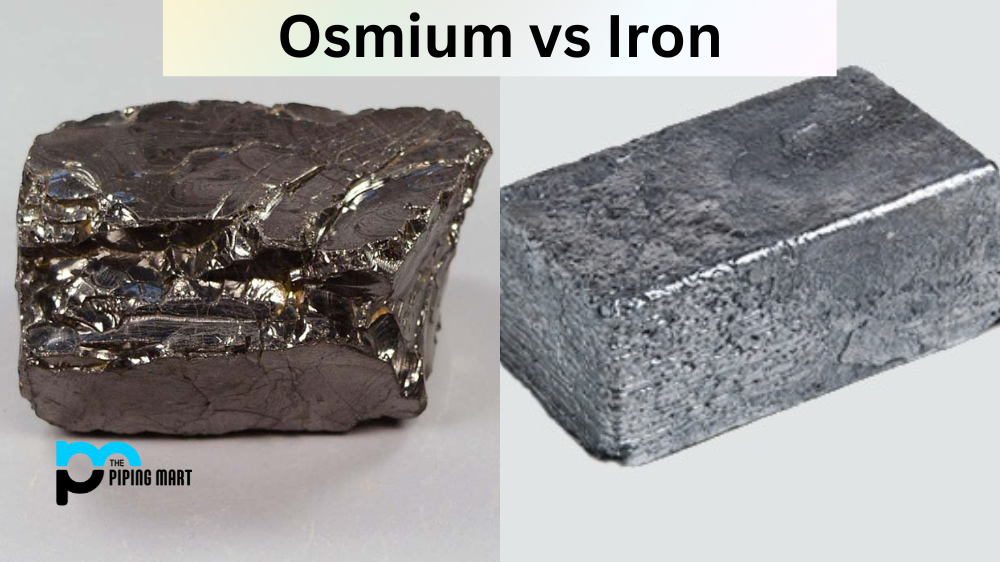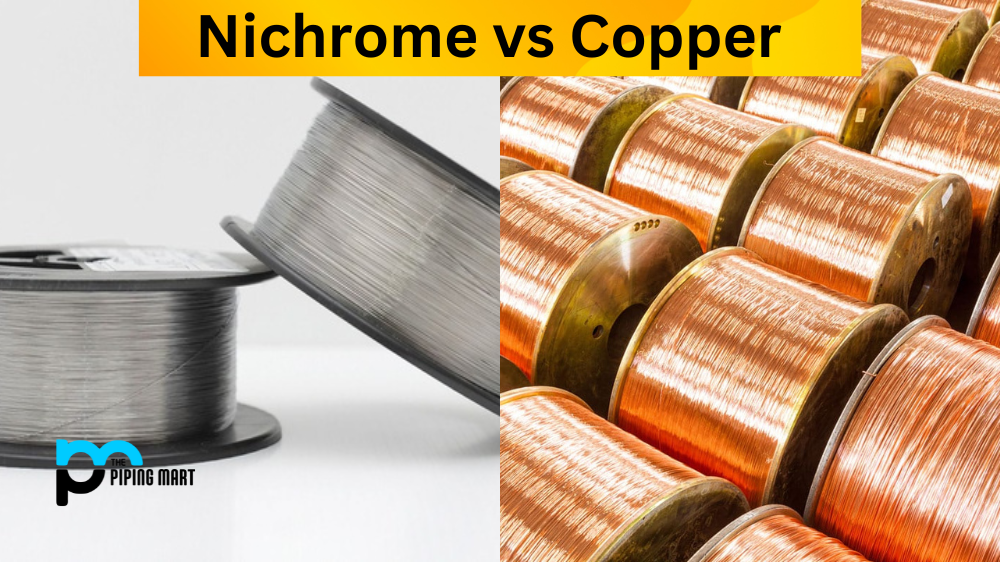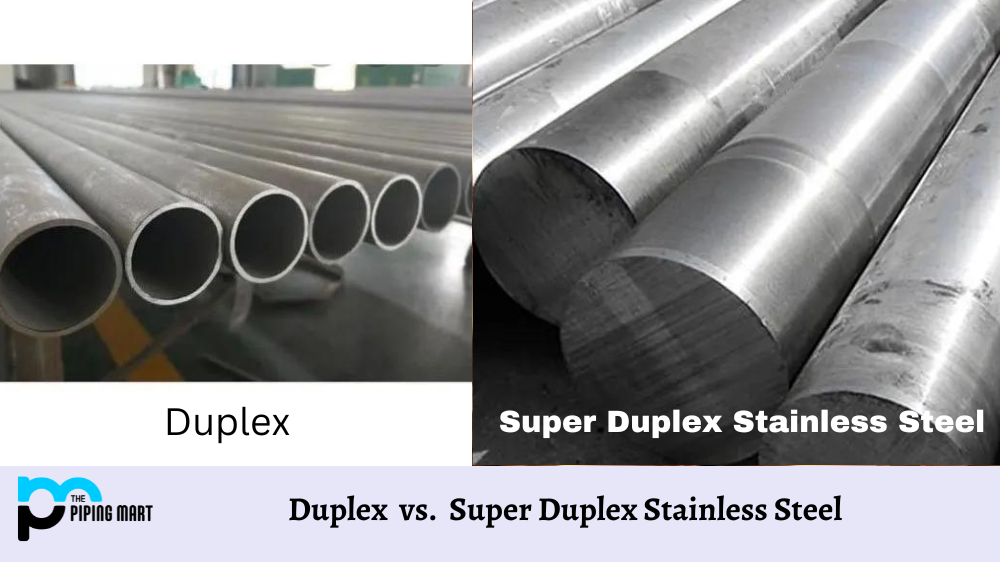m vs Metals have been used for countless applications in our daily lives, from construction to technological gadgets. While we often hear about metals such as gold, silver, and platinum, there are also lesser-known metals that possess unique and remarkable properties. Two such metals are osmium and iron. This blog post will explore the differences between these two metals and their importance in various fields.
What is Osmium?
Osmium, a rare and dense metal, is known for being one of the heaviest metals. Its density has earned it the title of ‘The Densest Element.’ It is about twice as dense as lead and extremely resistant to corrosion. This makes osmium perfect for high-end fountain pen tips, electrical contacts, and more. It’s also used in the fashion industry as an alloy with platinum to create an extremely hard metal favoured for jewellery and watches.
What is Iron?
On the other hand, iron is a common metal we use daily. As you read this, you are sitting on a chair made of iron, with a computer or smartphone made partly from iron. Iron’s versatility stems from its ability to create alloys with other elements, which makes it stronger and more durable. Steel, one of the most widely used materials today, is an iron alloy with carbon. It’s used in everything from buildings to vehicles to cutlery.
Difference Between Osmium and Iron
Another area where osmium and iron differ is their use in electronic devices. Osmium is commonly used in hard disk read/write heads, which makes it possible for us to store data on our computers and phones. Meanwhile, iron is used in magnetic cores, an essential component of electric transformers. The magnetic properties of iron allow electrical energy to be transferred with high efficiency, making it an ideal material for transformers.
While iron is plentiful and relatively inexpensive, osmium is rare and costly. The cost of osmium per gram is more than double that of gold. Iron is also easier to work with, whereas osmium, incredibly hard and brittle, requires specialized machinery and techniques to shape it into desired forms. Additionally, osmium is a toxic metal that must be handled carefully to prevent harm.
- Osmium is a chemical element with the symbol Os and atomic number 76. It is a hard, brittle, bluish-white metal that is found in the Earth’s crust in small quantities.
- Iron is a chemical element with the symbol Fe and atomic number 26. It is a soft, malleable, and ductile metal that is found in the Earth’s crust in large quantities.
- Osmium is denser than iron, with a density of 22.59 g/cm3 compared to 7.87 g/cm3 for iron.
- Osmium is harder than iron, with a Mohs hardness of 8 compared to 4 for iron.
- Osmium has a higher melting point than iron, at 3306 K compared to 1538 K for iron.
Conclusion
Both osmium and iron are vital metals in different spheres of our lives. Osmium is a rare and expensive metal with unique properties that make it suitable for specialist applications such as fountain pens and hard disk read/write heads. Iron, on the other hand, is a common and versatile metal that we use in everyday items like vehicles and appliances. While these metals differ in cost, availability, and properties, they are important to various fields. As we advance technologically, we may discover new applications for these and other metals we never imagined.
Meet Heer, a dynamic and driven writer learning tricks of her trade in the metal industry. With a background in Digital Marketing, Heer brings a unique perspective to her writing, sharing valuable insights. Apart from blogging she like reading and hiking.




